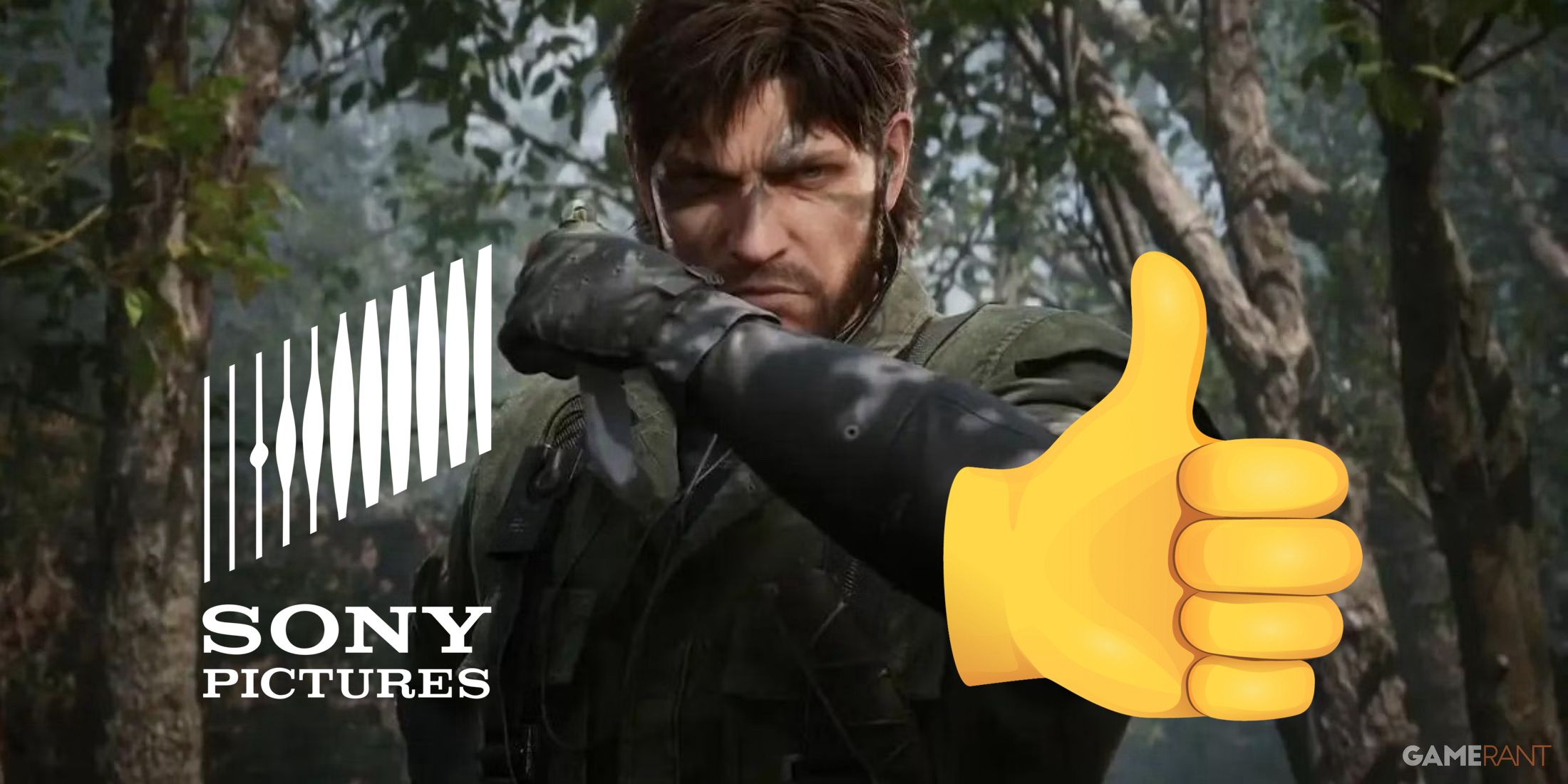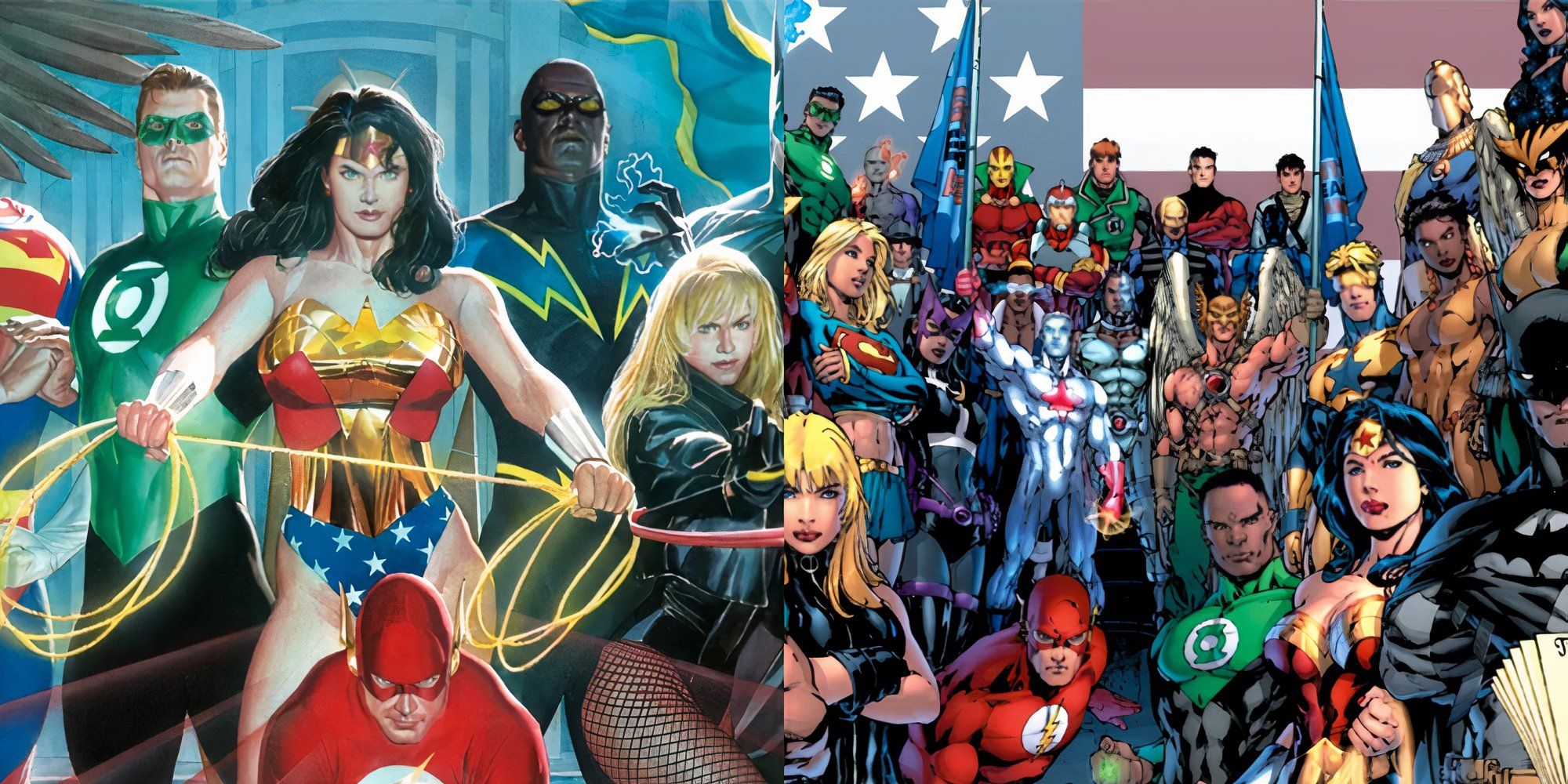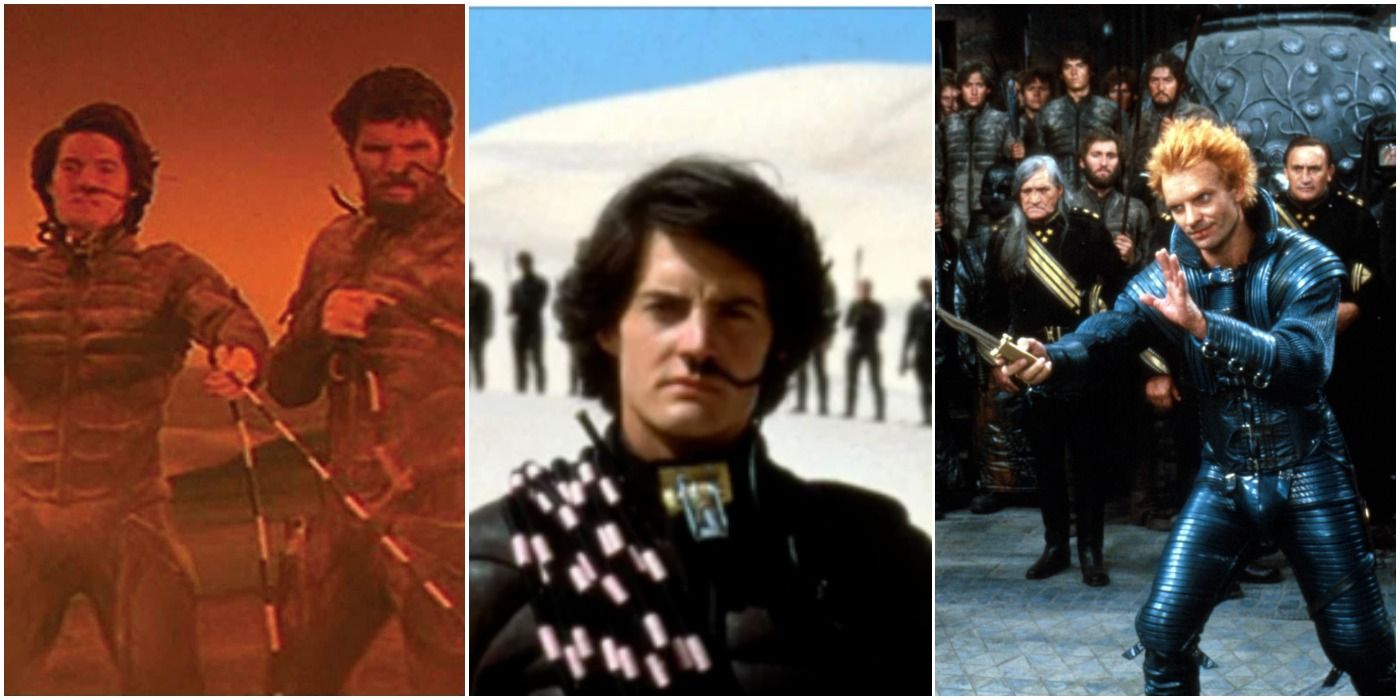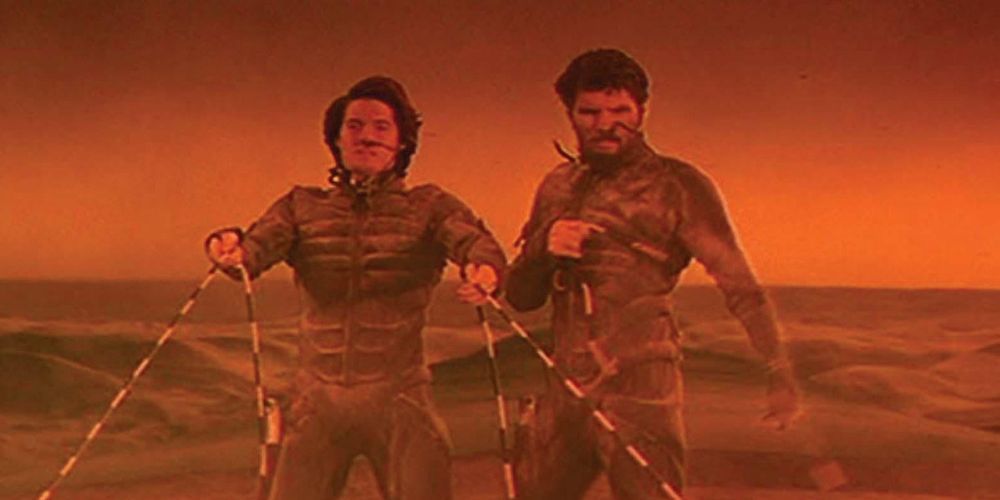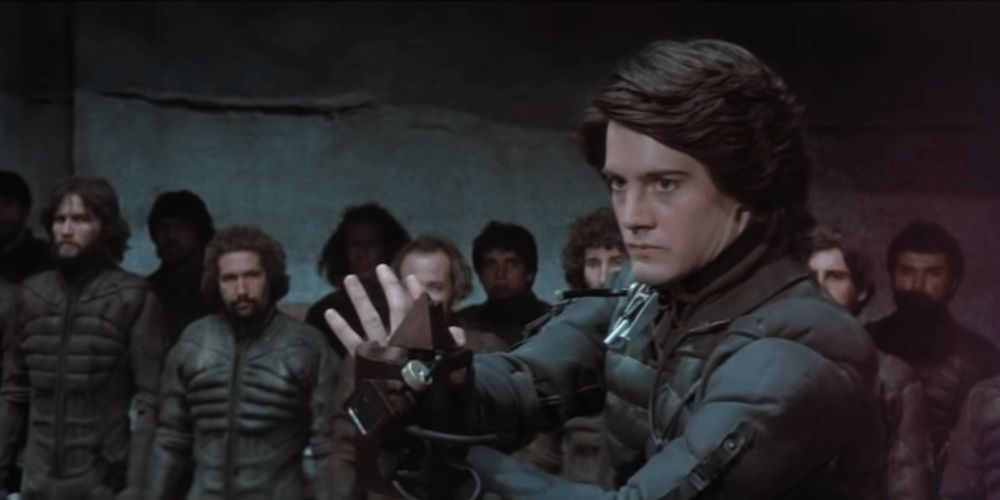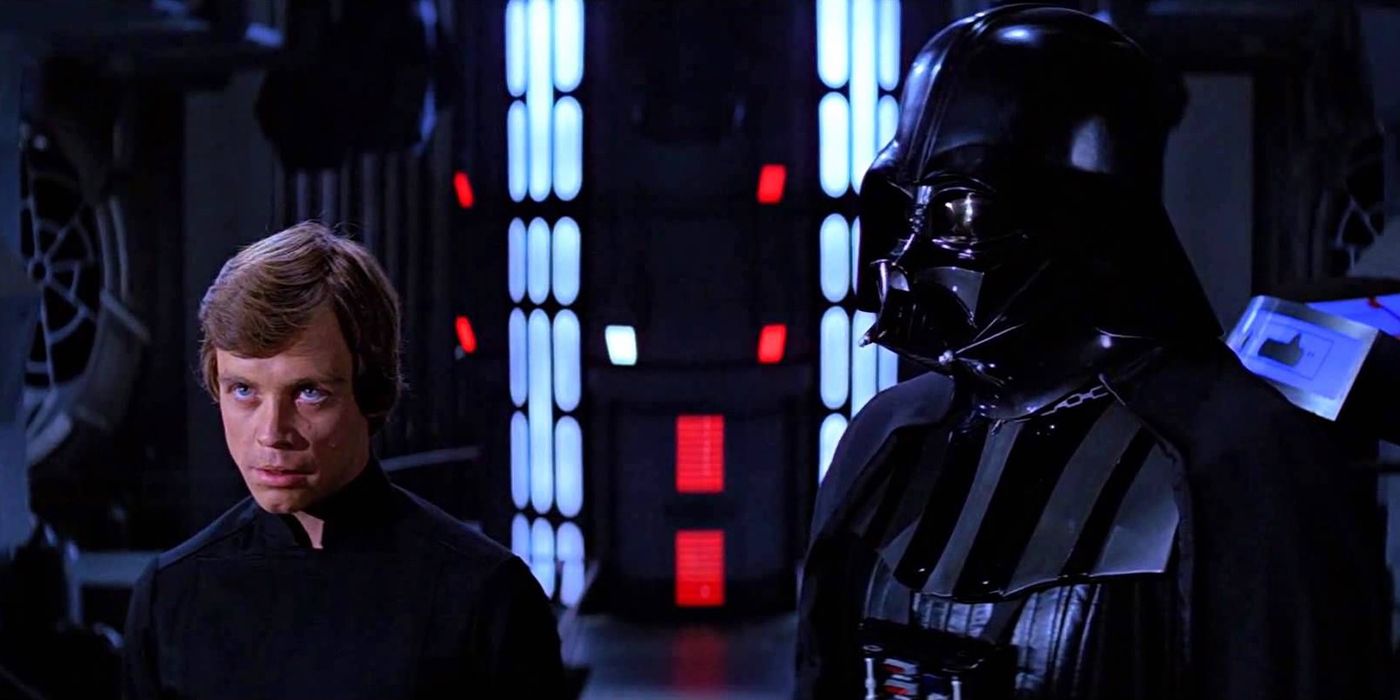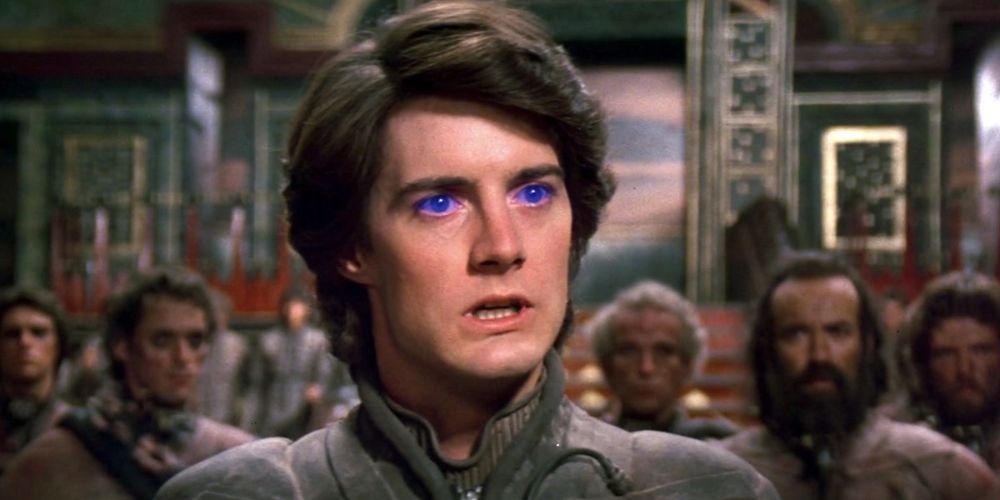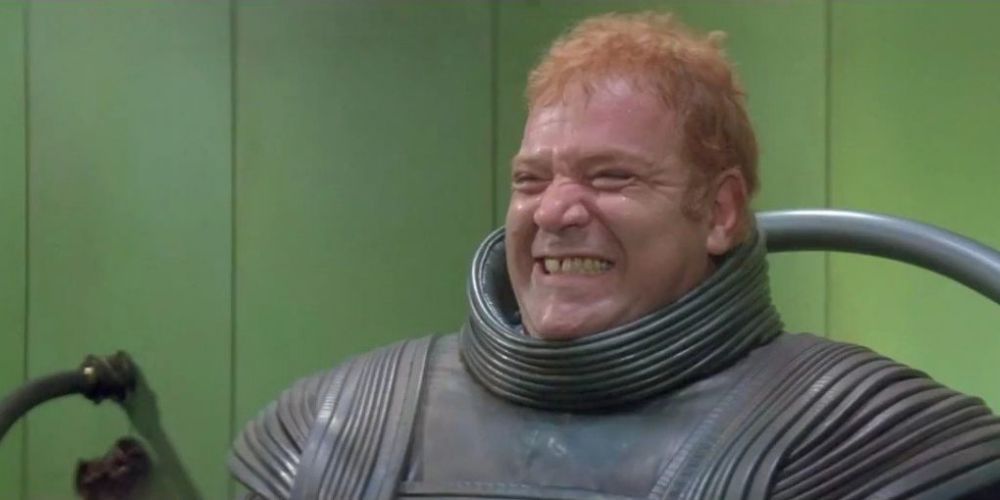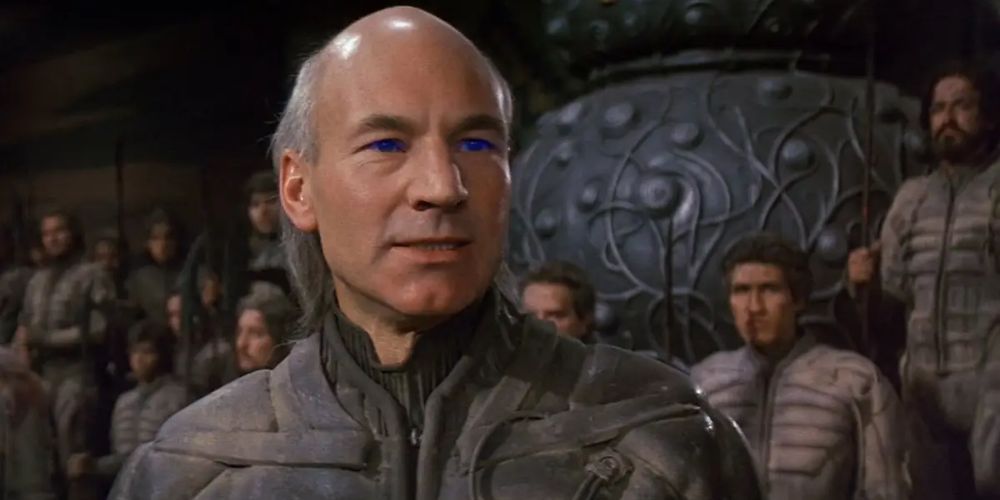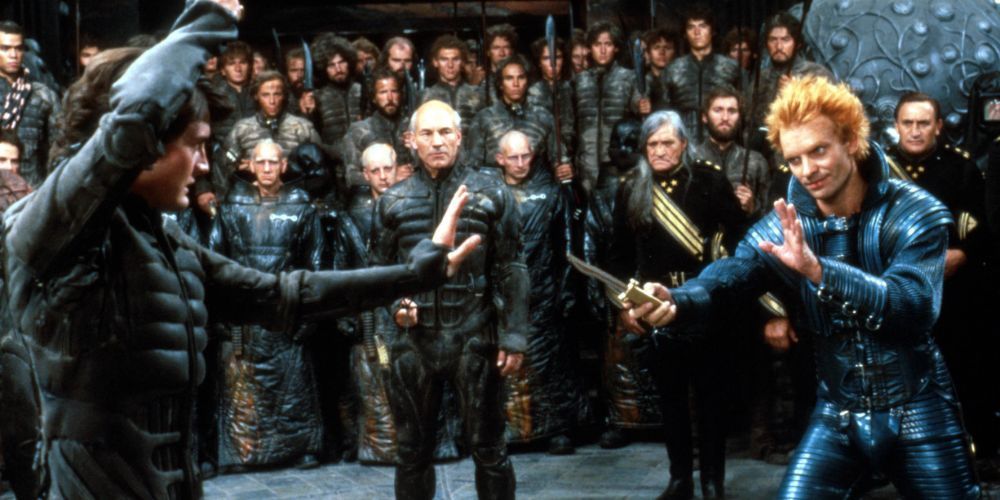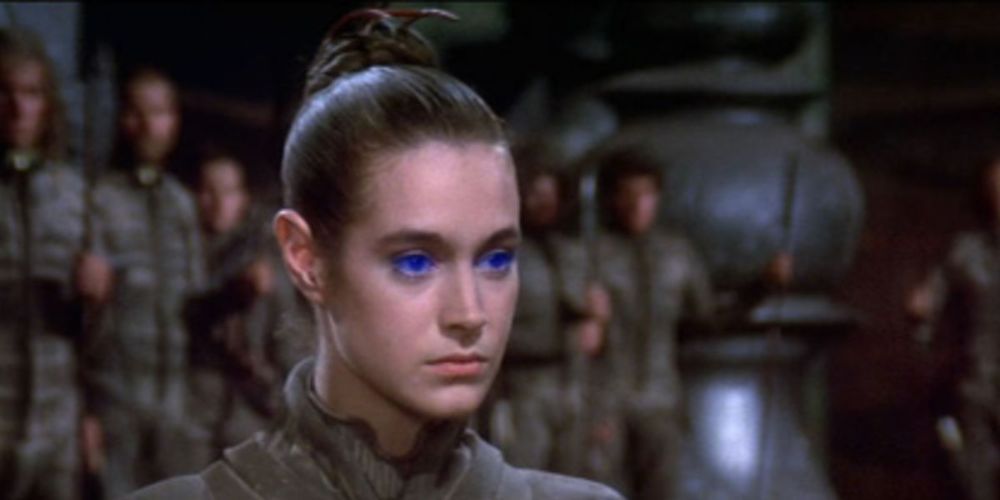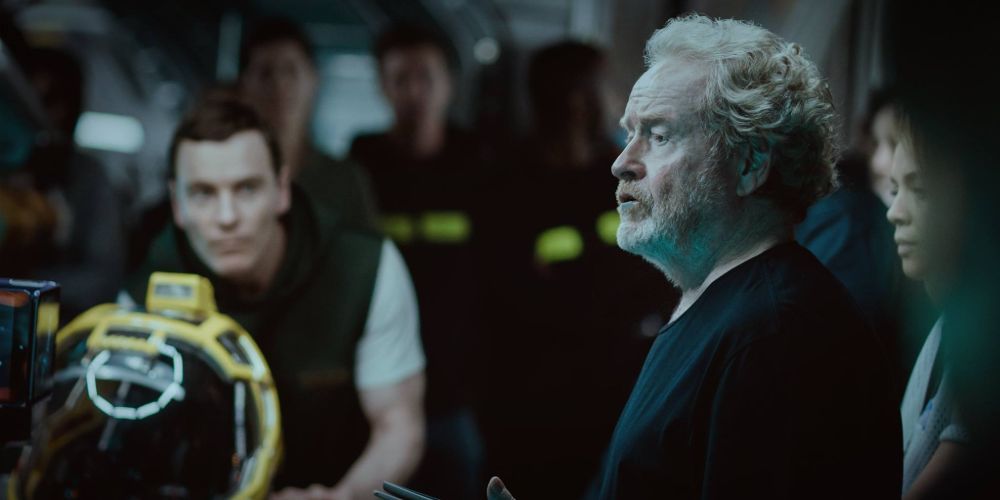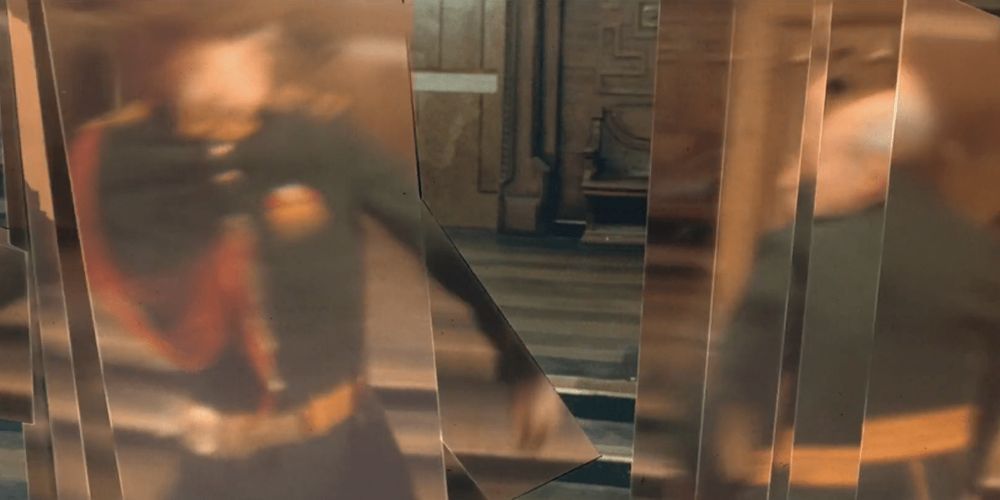David Lynch's 1984 take on the classic Sci-Fi novel Dune left many fans scratching their heads upon release. Over time it's become a bit of a cult classic, but with Denis Villenueve's version of Dune on the horizon fans of the original are looking back to compare the two projects, separated by about 27 years of film industry progression.
David Lynch is known for his particularly off-center style of film – Twin Peaks, Mulholland Drive, and Eraserhead are some of his most well-known contributions to film. Whether you like the original version of Dune or not, one has to agree that the film is a visual masterpiece and one of the most unique films of the 80s as a whole.
10 David Lynch Openly Says Dune Was His Biggest Failure
David Lynch has had a lot of hits in his career. Mulholland Drive and Blue Velvet are considered among the best movies of all time by many a critic, and Eraserhead and The Elephant Man introduced audiences to his macabre, unsettling sense of cinematography and narrative.
David Lynch has not talked about Dune too much since its initial release, for a variety of reasons. He doesn't consider it to be a good movie, he does not remember filming fondly, and he claims to have not been the best choice for such a project.
9 But It Was Financially His Biggest Success
David Lynch is known for his uncanny directing style that doesn't translate to high box office draws. Instead, his movies tend to be slow burners that go down in history as fantastic films, for better or worse. Despite it being his worst-received movie, it was one of his most successful in theatres.
It was the only one of his films to break into the top 5 releases when it came out, debuting at number 2. Lynch still considers it a failure, though, and refuses to revisit those "painful" memories.
8 Lynch Turned Down Star Wars For Dune
George Lucas approached David Lynch in 1983 to direct the last Star Wars film in the original saga, Return of the Jedi. Lynch is a director who values the input of the original visionary in works of film, and when approached, he reportedly said, "it's your thing, it's not my thing".
While it's certainly to imagine what Star Wars Episode VI would have been like with Lynch at the helm, he instead decided to take on Dune and created a totally original sci-fi tale of his own right.
7 It Was Kyle McLaughlan's First Movie Role
Kyle McLaughlan in 1984 was a relatively unknown name. He had worked in theater before Dune and worked as an extra in the film The Changeling as his University was being used for some shots.
He had never worked as the lead actor in a film and was recommended to Lynch by his theater mates when a talent agent came looking at his university. He hit it off with Lynch, and the rest is history.
6 The Tiny Creature Rabban Consumes Is Called A Squood
Rabban Harkonnen, played by Paul Smith in David Lynch's Dune, was a repulsive, off-putting character, to say the least. At one point in the film, a small glass container is shown containing a tiny beast inside.
Rabban picks up this glass container and sucks from it, sucking up liquids from the tiny creature inside. This creature isn't just an extra, though, it has a name – a squood! Just don't get it mixed up with the Ood, the tentacled telepathic aliens from Doctor Who.
5 Max Von Sydow and Patrick Stewart Hated Their Costumes
Max Von Sydow and Patrick Stewart both appear in Dune wearing tight bodysuits that appear to have layers of padding. Patrick Stewart reportedly complained about the ill fit of his costume to fellow actor Max Von Sydow, who agreed with his complaints... mostly.
Sydow agreed with Patrick Stewart but said he liked the way his body looked while wearing it. Acting for hours at a time in an uncomfortable suit has got to be torturous, and making the best out of the situation was probably the best way to get through it.
4 Patrick Stewart Had No Idea Who Sting Was Before Filming
According to Patrick Stewart, he had no idea who Sting was, that he was an incredibly famous musician and part of one of the most popular 80's bands The Police. In fact, when Sting told Patrick Stewart that he played with The Police, Stewart apparently assumed he played with a Police band.
Nothing could have been further from the truth, but unfortunately, many fans of the book despised Sting's appearance in the film. It wasn't too accurate, and his inclusion was clearly meant to bring in fans of the singer, not fans of the sci-fi.
3 Sean Young Secretly Recorded Behind-The-Scenes Footage
Sean Young was in a lot of the most famous 80's sci-fi movies, Dune and Blade Runner especially. On the set of Dune, Sean Young recorded secret behind-the-scenes footage with an 8mm camera and only released it nearly 20 years later.
It's one of the most candid "documentaries" ever made, as it shows the very real people in the cast and crew of the film behind-the-scenes. It feels rawer than a QnA with the actors in the special features, closer to a home video than a behind-the-scenes peek.
2 Ridley Scott Was Originally Meant To Direct Dune
Ridley Scott, the legendary director behind Alien and Blade Runner, was originally meant to direct Dune in 1984. However, his brother suddenly passed away before production began, and he chose to leave the project to focus on his family and other opportunities.
David Lynch stepped in instead, and unintentionally created one of the most memorable sci-fi movies of the decade. Many fans wonder what the film would have looked like if Ridley Scott stayed at the helm, but then we wouldn't have gotten Blade Runner in 1982.
1 The Body Shields Are Not CGI, They Are Rotoscoped
Fans for a long time wondered how the special effect of the body shields in Dune was achieved in 1984. It looks like CGI, with well-rendered mirroring effects and a pixel-perfect cuboid appearance, but it is actually not computer rendered.
The scene's special effects are entirely done by rotoscoping, an animation method that involves the artist drawing over each individual frame in a recording to create layered effects and trace the pattern of movement. The effect looks strange nowadays, but it was revolutionary in the early 80s.


